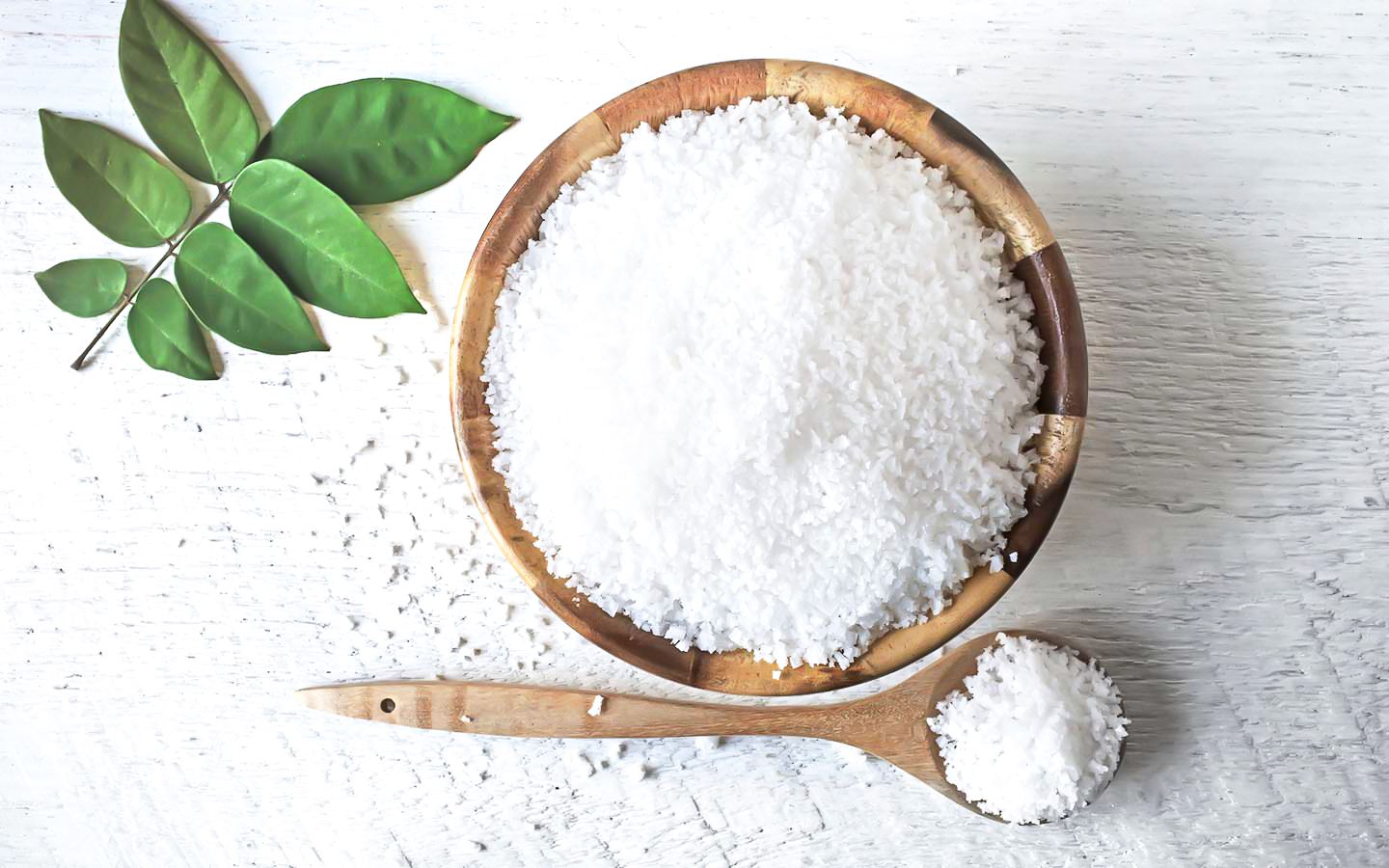

ZINC CHLORIDE -
What effect does the ingredient zinc chloride have on the body?
Zinc chloride has a variety of properties and is often used in cosmetics for blemished skin. How zinc chloride works, which areas of application there are and how it is obtained, you can find out here.
“Zinc” is an important trace element in our body. It is also a component of more than 200 enzymes and proteins and is essential for their stability and function. Also, many enzymes of the skin depend on zinc as a central element. Here, it is not the element zinc chloride that acts, but zinc ions, as they occur in salts and compounds of zinc. Therefore, in cosmetics zinc is being used in the easily-soluble form of zinc salts. Zinc is dissolved from these compounds and is thus available to the skin.
Zinc chloride is a white, granular powder obtained in chemical processes from zinc oxide or from the mineral zinc blende.
Zinc oxide has astringent, antimicrobial, soothing, cleansing and deodorizing effect. It contracts the skin due to its astringent property, thus compacting the surface of the skin. It also inhibits the growth of microorganisms such as bacteria or fungi. It can have a positive effect on discomfort of the skin and scalp, for example, when they are tense or itchy.
Zinc ions are often used in care products for impure skin. Various effects are responsible for this. On the one hand, zinc ions have a mild antibacterial effect. In addition, they have an astringent effect, i.e. they contract enlarged pores, which can refine the skin’s appearance. The third effect from which impure skin benefits is a balancing effect on sebum production. This effect is based on an inhibition of 5-α-reductase. This is an enzyme that is significantly involved in the stimulation of the sebaceous glands. Its inhibition by zinc ions thus leads to a reduction in sebum production.
In oral care products, zinc salts are used for their antibacterial effect and to fight bad breath. These products are not suitable for children and adolescents.
According to the European cosmetics regulation the maximum permissible concentration of zinc is 1% in cosmetics. Various studies show that the zinc requirement of the population in Germany is sufficiently covered by food, and in some cases there is even a slight oversupply of zinc. If the body takes in too much zinc, this can lead to disturbances in copper metabolism. A permanently increased zinc intake can lead to anemia, neuromotor disorders and a weakening of the immune system. The recommended daily intake of zinc varies according to gender and age: for example, it is 10.0 mg per day for men, 7.0 mg per day for women, and between 1.0 and 10.0 mg per day for children and adolescents.
Zinc deficiency can lead to different symptoms depending on age and gender. A pronounced zinc deficiency in childhood can lead to growth disorders, later to disorders of the sense of taste and smell, hair loss, skin changes, psychological disorders, increased susceptibility to infections and impaired wound healing. However, before taking zinc supplements, this should always be clarified with the doctor in charge.
Provided the use concentration described above is not exceeded and the product is used as intended, the ingredient is not of concern. Human studies on reproductive toxicity showed that a zinc intake of 20-90 mg/day via supplements in pregnant women does not adversely affect pregnancy (SCF, 2003).